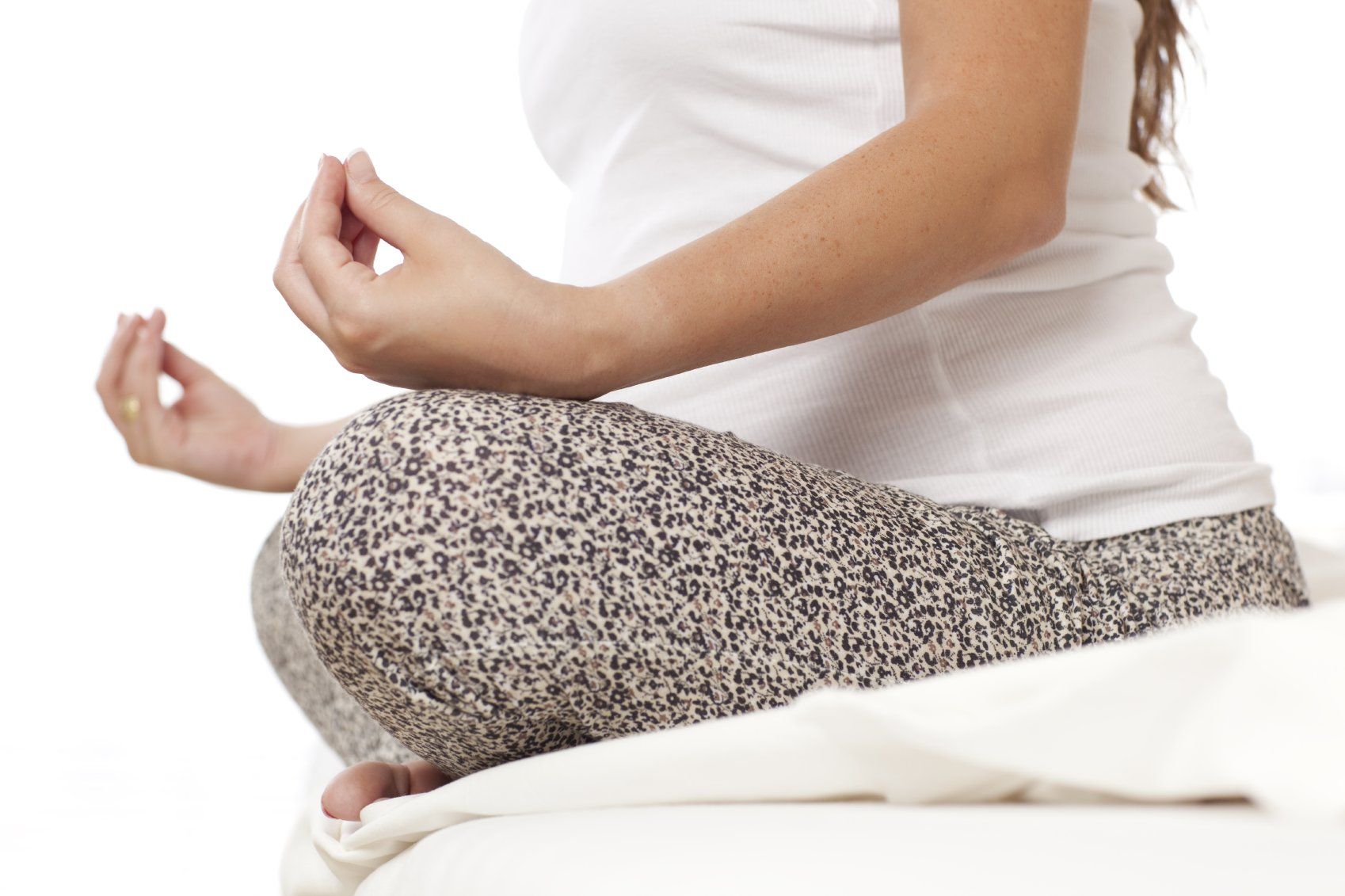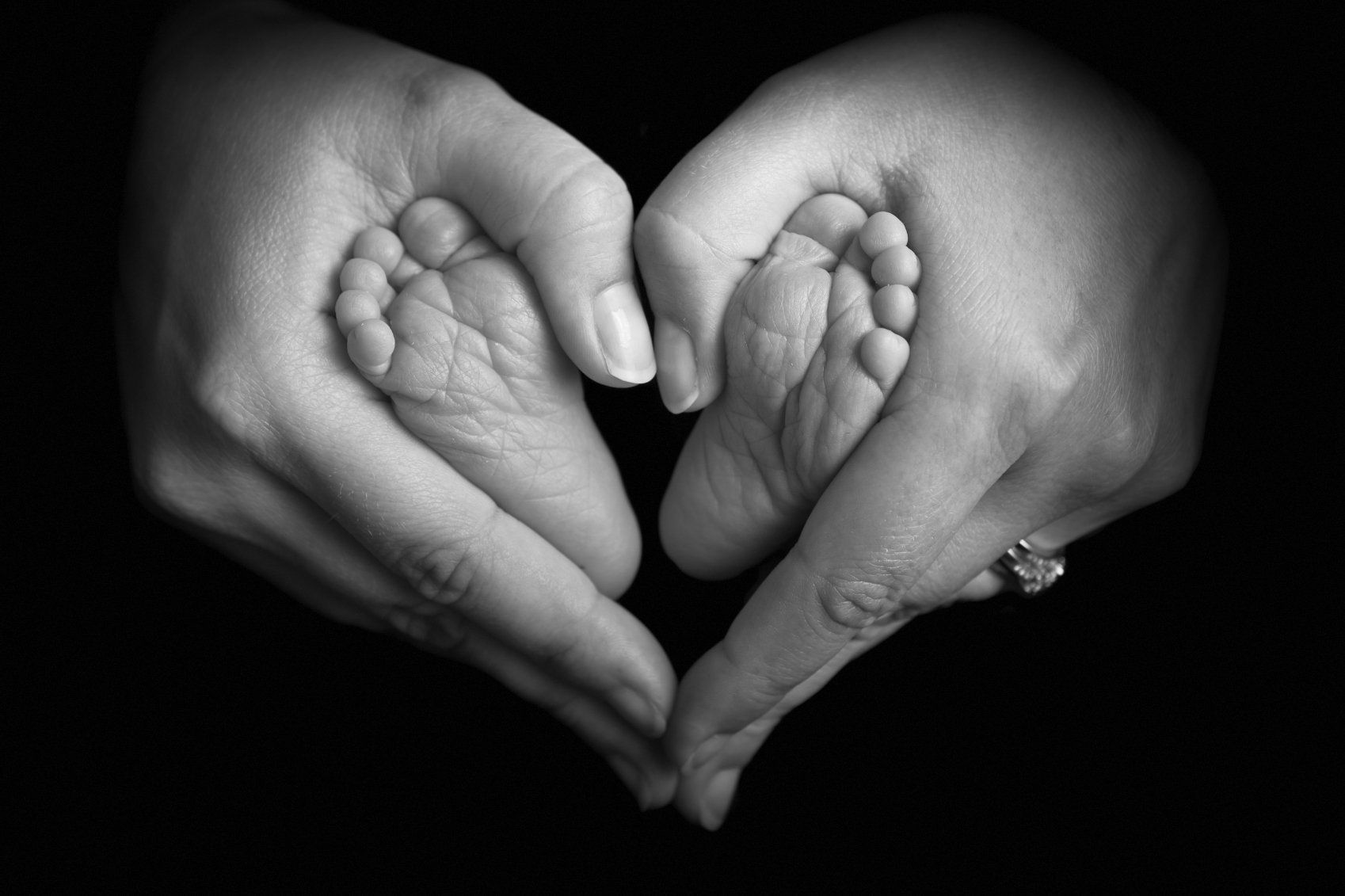Easing that mum anxiety with yoga
Tips for understanding and managing anxiety

Have you ever gone to check your baby or child is still
breathing? Multiple times? Hand up! Certainly the first time we leave them to
sleep alone, and I still do when my children are ill. When we become a mother, this
wonderful thing happens - oxytocin floods the system. It helps us to bond with
our babies and love them unconditionally (oxytocin is called the birth or love
hormone). Yet is also has the side effect that we see more danger in our baby’s
world, which can lead to anxiety.
Some of these dangers are very real and we are prompted into action (the useful side of worry). For example the risk and knowledge of SIDS leads us to keep babies in the same room as us to sleep. The very real danger of traffic means we teach our children road safety. Yet some of the “dangers” are our mind working overtime, which with limited sleep and rest time can easily spiral. I have been caught in the trap of being over reliant on a sleep schedule and stressing over tomorrow if I don’t get them to nap NOW! Another biggie is worrying about what other people think. Some of us are more prone to this than others, but we will all have had some anxiety that in hindsight was not helpful.
What CAN help us to ease this anxiety and to be a happier and calmer parent is yoga. Here are a few suggestions.
1.Breathing – we know from lots of research that focus on the breath calms the nervous system and keeps us in the “rest and digest” state, meaning our bodies can work in good health. Specific techniques that can help include lengthening the exhale – this stimulates the vague nerve that tells our body that we are okay. Try counting the inhale and exhale and making the exhale slightly longer. I also like to count in for 4 then out for 4 with the word “relax” used instead of the numbers on the outbreath.
2.Movement – moving the body through yoga postures (asana) helps to ease anxiety for several reasons. It gives our racing mind a positive focus, what to do next with our body. It can be a “moving meditation” as we flow with the breath. We also know movement releases feelgood hormones such as endorphins (think the “runner’s high”). Moving the body also burns through adrenaline and any excess energy which helps to prepare us for meditation or relaxation. If you’ve ever felt tired but unable to sit still you know what I mean. A little gentle yoga movement can help in this instance. Try a cat-cow, a downward facing dog to reset the focus, or even some Sun Salutations if you feel up to it. If you have recently given birth it is best to check with a qualified teacher or your midwife before beginning anything new.
3.Relaxation - when the body is in “fight or flight” mode our muscles tense up, ready to run or hide. Most of the threats we face aren’t things we can physically run from, so we keep this in our bodies in the form of tight shoulders, hip flexors etc. By practising muscle relaxation we can learn to soften these areas. Resting the mind is important too. If we can find time for a guided relaxation or yoga nidra we may find ourselves more refreshed and with more energy to face the day with patience and a calm mind. Try lying down for 5 to 20 minutes and focus on the breath or listen to a recording to help keep the mind focused.
4.Mindfulness – mindfulness involves the practise of being in the present moment. Whether that is taking a walk, washing the dishes, or feeding your baby. Focus on the here and now, not the “what next” or “what if?” that our human brain is hard wired to do. It can help us to find joy and restfulness in the little things. For instance when feeding your baby enjoy this time to be still, rather than mentally planning, or looking a screen.
5.Awareness – As we become more aware of the thought patterns then we can put a stop to them. Yoga teaches us self awareness so we are more likely to notice the negative and spiralling thoughts. We can then apply one the above tools to reset.
Finally, be kind to yourself. When you do notice the anxiety building remember it is natural and normal. It is gradual process to become more mindful of as we notice and address this, with the help of those around us.
However, if you find that it is becoming too overwhelming to cope with day to day demands and the strategies above aren’t helping, I strongly suggest that you reach out for help from your GP, Health Visitor or a local mental health charity. This article is in no way meant to give more pressure to already busy mums.
I hope this helps parents with babies and children to find a little calm in their lives.
Amber teaches Pregnancy Yoga, Postnatal Yoga, Mum and Baby Yoga and Children’s Yoga in Norwich. Contact her on hello@yogawithamber.co.uk














